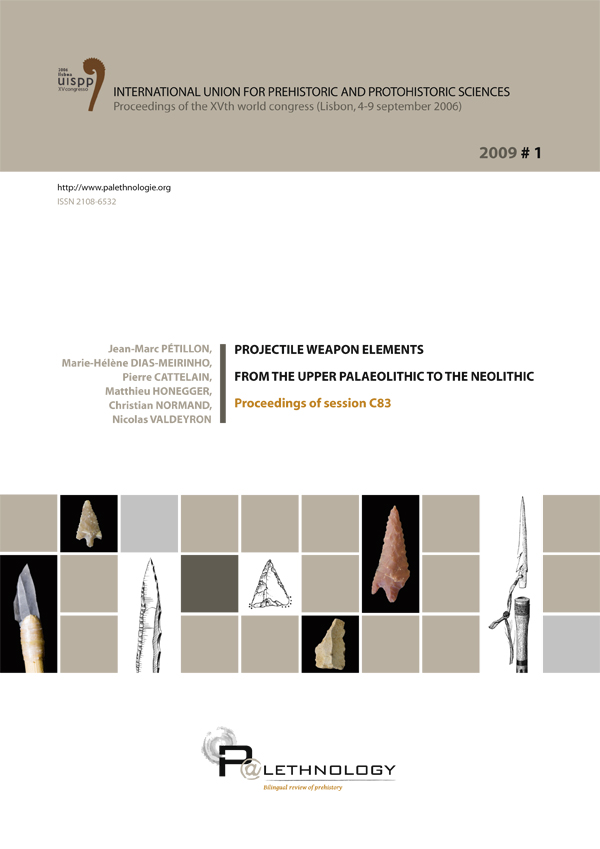Lunate microliths
in the Holocene industries of Nubia:
Multifunctional Tools, Sickle Blades or Weapon Elements?
Matthieu HONEGGER
 Download
Download
Abstract
In Nubia, lunates (circle segments) are one of the most characteristic tools from the beginning of the Holocene to the end of proto-history, or even later. According to some interpretations, they are generally considered as being arrowhead or sickle blades. Taking into account archaeological examples, very diverse in their context and dating, the present article tries to summarize our knowledge on the question of their function. While previous studies have essentially taken into account the existence of traces or organic residues (gloss or polish, hafting glue, handle or shaft) and less often the context of discovery (tips driven into human bones or embedded in skeletons), they have not, on the other hand, considered the question of impact fractures and the dimensions of lunates. By collecting all these observations, it is possible to differentiate small sized lunates having mainly been used as projectile tips or barbs and bigger pieces meant to fit knives for cutting vegetal materials or sickles. We can however not exclude other uses for some of the lunates, as it is possible that pieces of medium dimensions could have had a functioned as arrowheads or sickle blades. Finally, we can observe a tendency through time toward a reduction in size of the lunates and a greater standardization of the pieces intended to be used as projectiles.
To cite this article
Honegger M., 2009 – Lunate Microliths in the Holocene Industries of Nubia: Multifunctional Tools, Sickle Blades or Weapon Elements?, in Pétillon J.-M., Dias-Meirinho M.-H., Cattelain P., Honegger M., Normand C., Valdeyron N., Projectile Weapon Elements from the Upper Palaeolithic to the Neolithic, Proceedings of session C83, XVth UISPP World Congress, Lisbon, September 4-9, 2006, P@lethnology, 1, 161-173.

